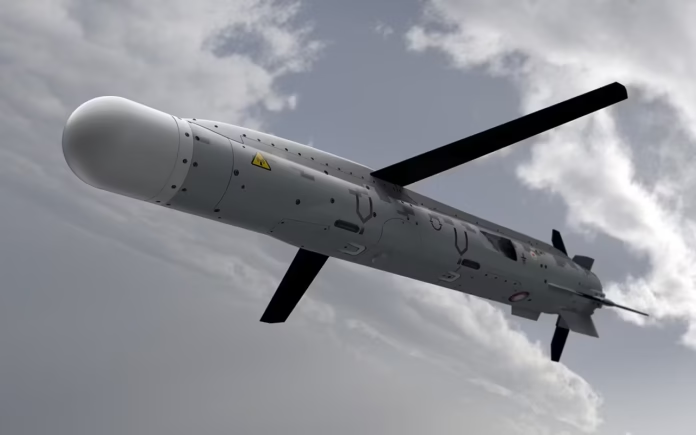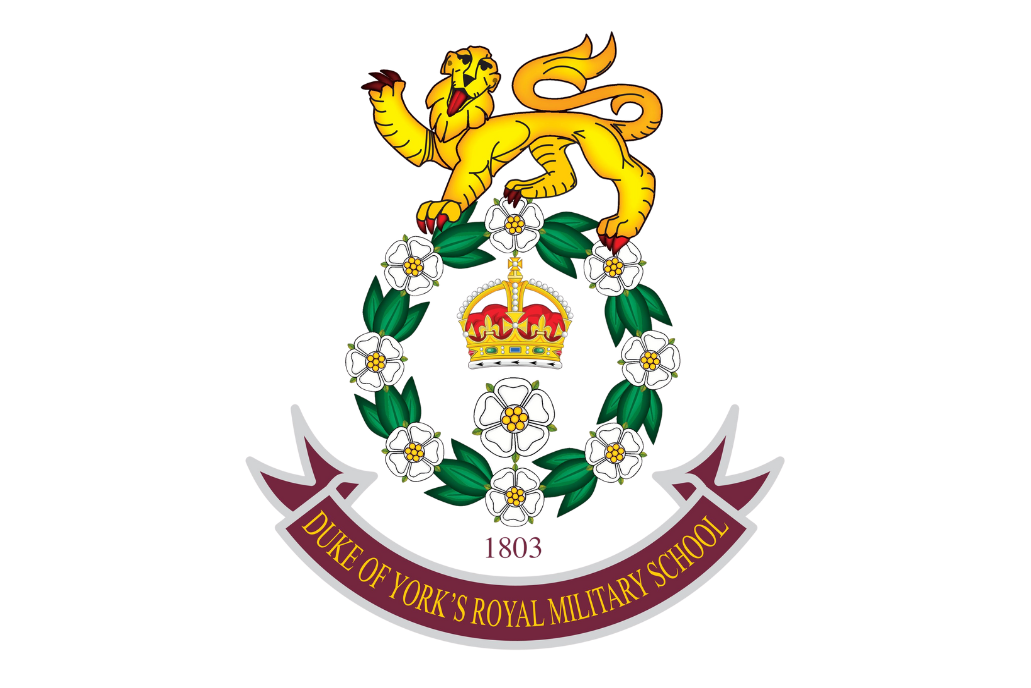The UK’s ambitious Spearcap 3 programme, designed to deliver a state-of-the-art cruise missile, is making significant strides, though not without a fair share of hurdles. Despite ongoing international collaboration challenges and complex dependencies, the project has recently hit a major milestone that brings Britain closer to a new, versatile missile for its armed forces.
Defence Minister Maria Eagle, responding to questions in the House of Commons, provided an update on the status of the project, confirming that the first successful guided firing of the SPEAR missile took place at the end of 2024. This trial, which demonstrated the missile’s autonomous navigation and precise targeting capabilities, was hailed as a breakthrough moment for the programme.
However, as the Ministry of Defence (MoD) looks ahead, there are still significant hurdles to overcome. These challenges, detailed in the Infrastructure and Project Authority’s latest report, have primarily stemmed from the complexities of working with international partners. “Significant adjustments” have been necessary to keep the project on track, but the MoD is committed to overcoming these obstacles, Eagle assured. A revised and achievable plan for the programme is expected to be finalised by the second quarter of the financial year 2025-26.
The SPEAR missile, designed for integration with the UK’s F-35B fighter jets, has proven its capability to strike targets over 100 km away, whether that’s air defences, ships, armoured vehicles, or fast-moving platforms. The missile’s versatility and compact design make it ideal for launching from land or sea, including from the Royal Navy’s Queen Elizabeth-class aircraft carriers. Still, while the missile shows great promise, the clearance process for its use with the F-35 is not expected to be completed until 2028, potentially delaying its full operational deployment.
SPEAR’s current warhead size, under 50 kg, and range of around 100 miles are modest in comparison to other modern weapon systems, which could limit its effectiveness in some situations. However, Matthew Brown, Team Leader at the MoD’s Defence Equipment and Support (DE&S), stressed the missile’s potential to defeat advanced air defence systems, enabling UK forces to operate freely in contested environments.
The missile’s development has provided a much-needed boost to the UK’s defence sector, supporting hundreds of jobs in various locations across the country, from design work in Stevenage and Bristol to manufacturing in Bolton. According to Defence Minister Luke Pollard, the successful trial represents “a significant leap forward in UK Armed Forces’ capabilities,” ensuring the nation’s security with cutting-edge technology and bolstering the UK economy through job creation and innovation.
The SPEAR programme is part of a broader £6.5 billion investment in weapons development by the MoD over the next decade, which also includes other advanced projects such as Brimstone, Sea Viper, and Storm Shadow. The collaboration behind SPEAR is a testament to the hard work of personnel from MBDA, BAE Systems, and the MoD, with Chris Moon from BAE Systems praising the “outstanding collaboration” that made the successful trial possible.
Despite the delays and challenges, the Spearcap 3 programme is on course to deliver a new and potent strike capability for the UK Armed Forces, one that promises to enhance national security and maintain Britain’s competitive edge in modern warfare.
















